Some of the crystals are just too big to use in the pendants, but I want the energy and attributes of those crystals to be inWhen weathering occurs, the rock stays in the same place The particles removed are called sediments As soon as rock sediments begin to move, erosion takes place Secondly, how do rocks break down into smaller pieces?*Breakdown of rock into smaller pieces by critters, plants, etc Results of Mechanical Weathering Talus Cones (From ice wedging mostly) Boulder fields (From ice wedging mostly) Jointing Cracks in the rock from ice wedging and sheeting Chemical Weathering Rocks are decomposed and the internal structure of the minerals is

Reading Weathering Geology
When rocks break into smaller pieces
When rocks break into smaller pieces-Weathering (breaking down rock) and erosion (transporting rock material) at or near the earth's surface breaks down rocks into small and smaller pieces These smaller pieces of rock (such as sand, silt, or mud) can be deposited as sediments that, after hardening, or lithifying, become sedimentary rocksThe Birth of Rocks Unit Assessment Monster Mountain I Alessandra recently Þarned that mountain rocks can break into smaller pieces (weathering) and can then be moved from one location to another by water wind, or gravity (erosion) But she is curious if rocks continue to break down as they move from the top of mountains to the bottom




Period Pg T
How do rocks break into smaller pieces?Rocks break down into small pieces naturally by process of weathering and then it is being carried away farther from its location by erosion Weathering can be physical, chemical, biological For further study Weathering Wikipedia4ESS3b Gravitational force affects movements of water, rock and soil PS Physical Science Electricity, Heat and Matter 4PS1 When objects break into smaller pieces, dissolve, or change state, the total amount of matter is conserved
Plants and animals can be agents of mechanical weathering The seed of a tree may sprout in soil that has collected in a cracked rock As the roots grow, they widen the cracks, eventually breaking the rock into pieces Over time, trees can break apart even large rocks Even small plants, such as mosses, can enlarge tiny cracks as they growWhen doing a Google search, the options I found were 1 Wrap in a towel and smash on the ground 2 Use a rock hammer on it I was planning on getting a rock hammer to use on everything, but this page I found says "If you strike quartz with a chisel to try to cleave, it will break into many fragments with conchoidal fracture (like broken glass)"Rain, wind, and ice break rock into smaller bits Temperature helps, too When a rock gets hot from the sun, it expands, or gets bigger When the rock gets cold, it gets smaller Sometimes this getting bigger and smaller makes rocks break into pieces Ice can get into small holes or cracks in rocks When it freezes, it can break the rock apart
Down minerals in rocks In the process, the rocks may also break apart into smaller pieces Air pollution can make rainwater even more acidic than it is naturally Power plants and automobiles produce gases such as sulfur dioxide and nitric oxide, which react with water vapor in the atmosphere to form acid rain AcidWhat is it called when larger rocks are broken into smaller pieces?In this lesson, students will explore how solid rock breaks apart into smaller pieces through a process called weathering (including rootwedging and icewedging) In the activity, Sugar Shake, students use sugar cubes as a model for rocks



Weathering And Erosion Earth Processes Onegeology Kids Extra Onegeology




Weathering And Erosion Weathering The Process That Breaks Down Rocks And Other Materials Of Earth S Crust Into Smaller Pieces Ppt Download
If the cracks formed the way you had hoped and the rock is in smaller pieces, you can now use your pry bar to wedge the rocks apart If some pieces of the rock are still too large to move, you can always drill additional holes and start the process again Option 2 This option is similar to #1 but instead of using wedges to break the rock, youRocks break down into small pieces naturally by process of weathering and then it is being carried away farther from its location by erosion Weathering can be physical, chemical, biological For further study Weathering Wikipedia Artificially we break it apart by use of explosives (sometimes by chemical agent, hammering ) which is poured into the drill holes of rocks and then kaboom!!!Mechanical Weathering Mechanical weathering, also called physical weathering, breaks rock into smaller pieces These smaller pieces are just like the bigger rock, just smaller That means the rock has changed physically without changing its composition



Baschools Org
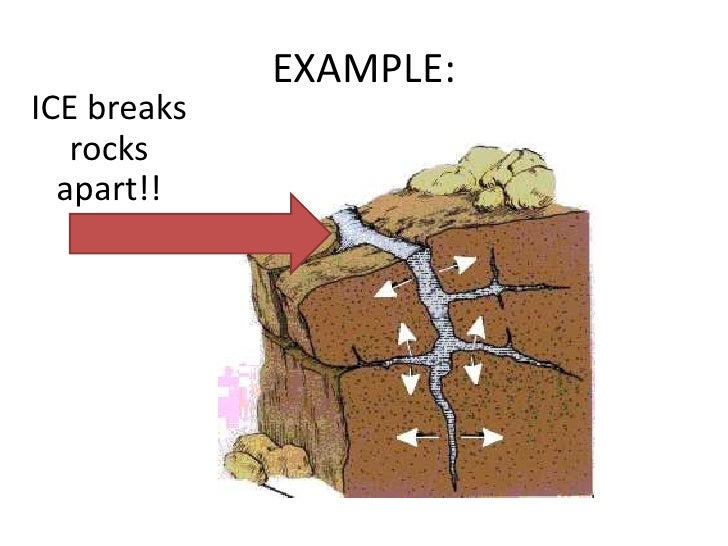



10 4 11 And 10 5 11
In desert regions, rocks expand slightly in the day as they are heated by the Sun When their roots grow into cracks, they force the cracks to widen, causing the rock to break into smaller fragments So, weathering is the breakdown of rock into smaller pieces What are 5 ways rocks can be broken down into smaller pieces? Answer Weathering is the breakdown of rocks into smaller particles called sediment (not sediments) Mechanical weathering is when rocks are physically broken into smaller pieces, but the minerals in the rock remain the same When a rock is broken down in a way that changes the mineral composition, it is called Chemical WeatheringSynonyms for break into tiny pieces include splinter, fracture, shatter, split, disintegrate, shiver, smash, crack, crumble and spall Find more similar words at wordhippocom!




Reading Weathering Geology
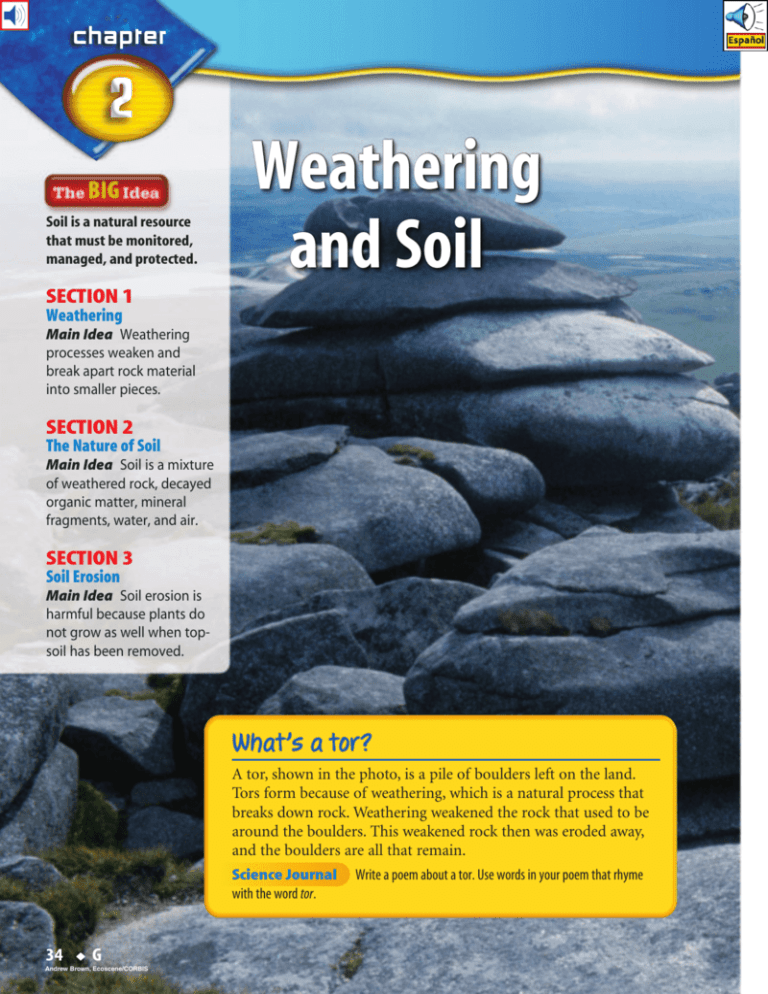



Ch 2 Weathering And Soil
Gravity Gravity is another agent of mechanical weathering Sometimes gravity pulls loosened rocks down mountain cliffs in a landslide A landslide is a large movement of loose rocks and soil As the rocks fall, they collide with one another and break into smaller piecesMost weathering occurs on exposed surfaces of rocks and minerals The more surface area a rock has, the more quickly it will weather When a block is cut into smaller pieces, it has more surface area So, therefore, the smaller pieces of a rock will weather faster than a large block of rock 3 ROCK COMPOSITION Some minerals resist weathering Rocks can break apart into smaller pieces in many ways Ice wedging is common where water goes above and below its freezing point (Figure below) This can happen in winter in the midlatitudes or in colder climates in summer Ice wedging is common in mountainous regions like the Sierra Nevada pictured above
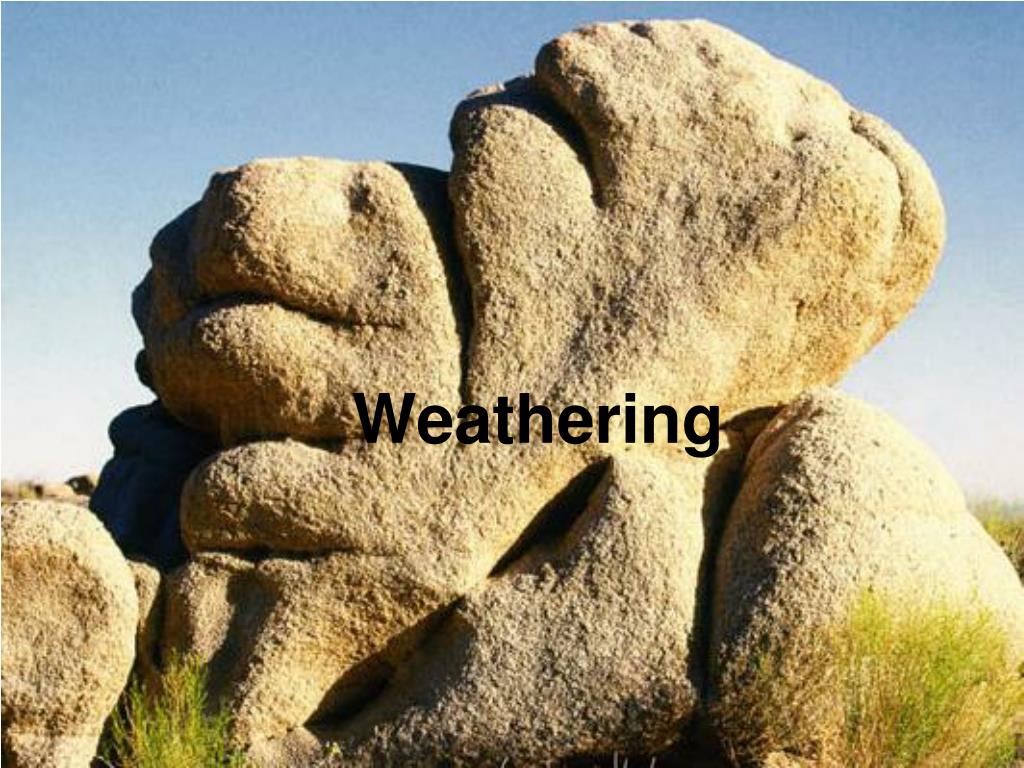



Ppt Weathering Powerpoint Presentation Free Download Id



The Rock Cycle Storyboard Por 3nishitajakkam
The process when rocks break into smaller pieces due to exposure to natural elements is called answer choices erosion weathering sediments s Question 8 SURVEY 30 seconds Q The movement of weathered material (sediment) is called?You just studied 4 Steps 1 Determine how you will contain the pieces of your broken rock 2 If using a bag, put your rocks into the bag Be sure not to overcrowd the bag If using the other methods, the same 3 Make sure you have your safety goggles on and that they are secure 4 Figure out about how much




Mechanical And Chemical Weathering Flashcards Quizlet




Reading Weathering Geology
When their roots grow into cracks, they force the cracks to widen, causing the rock to break into smaller fragments So, weathering is the breakdown of rock into smaller pieces weathering breakdown of rock into smaller pieces Rocks broken down by weathering will eventually become part of the soil, unless they are eroded first Erosion Most beaches get their sand from rocks on land Over time, rain, ice, wind, heat, cold, and even plants and animals break rock into smaller pieces This weathering may begin with large boulders that break into smaller rocks Water running through cracks erodes the rock In areas where it's cold enough to freeze, water expands as it turns to iceThe smaller rocks can then break down into sand Tiny rocks can become part of the soil Strong winds can blow sand against rocks Wind and sand wore this rock into break into smaller pieces Plants can also change rocks Plants can grow




Weathering The Process Of Rock Breaking Down Into Smaller Pieces Ppt Download



Weathering And Erosion Earth Processes Onegeology Kids Extra Onegeology
Solid rocks break into smaller pieces because weathering could take bits and pieces of the rock Then erosion carries the rock to some were elseMechanical weathering breaks rocks into smaller pieces without changing their compositionWeathering and erosion Weathering is the process where rock is dissolved, worn away or broken down into smaller and smaller pieces There are mechanical, chemical and organic weathering processes Organic weathering happens when plants break up rocks with their growing roots or plant acids help dissolve rock




Causes Of Breaking Of Rock Materials Around Us Cbse Grade 5 Environmental Science Youtube
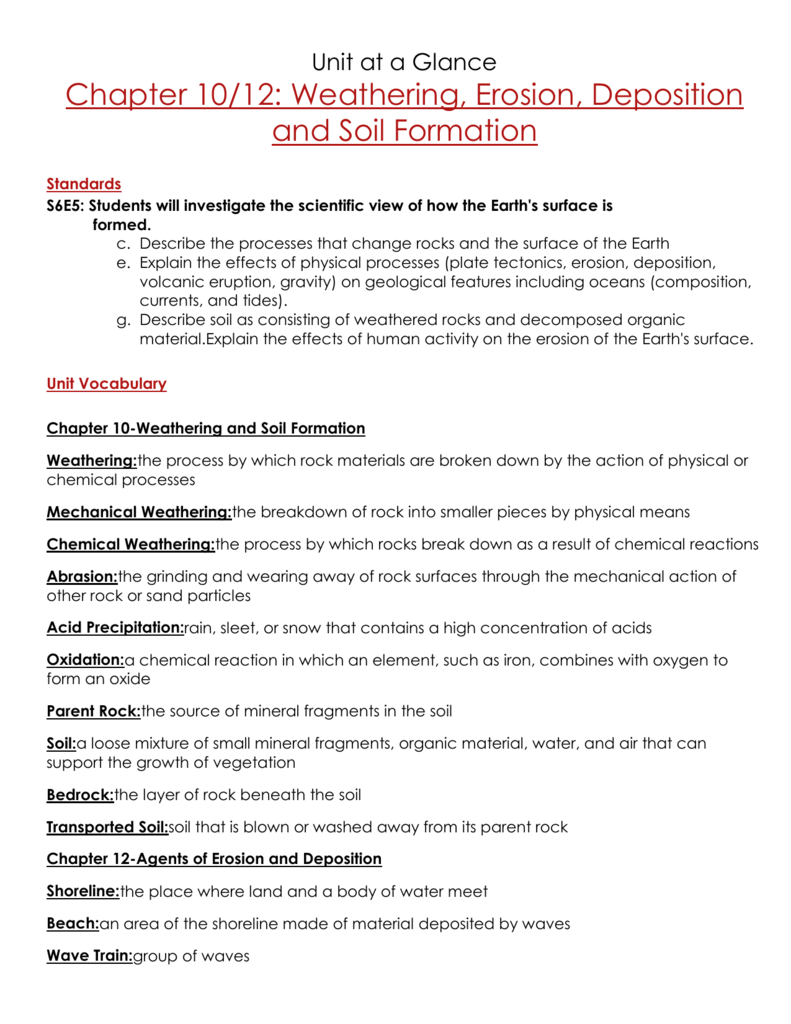



Chapter 10 Weathering And Soil Formation
When the water melts again, it seeps deeper into the crack and begins the process again This freezethaw weathering can break a rock down into much smaller pieces, increasing the total exposed surface area and hastening the process of weathering from The way that tempered glass breaks into much smaller pieces is specifically attributed to the manufacturing processes Glass (with nickel sulphide inclusions) is tempered by heating and then rapidly cooled to room temperature Cooling takes place much faster at the center of the glass than at the surface, causing compressive stresses in the1 See answer because of mechanical weathering Advertisement Advertisement kiwifuzz12 kiwifuzz12 AnswerMechanical weathering breaks rocks into smaller pieces without changing their composition Chemical weathering breaks down rocks by forming new minerals that are stable at the Earth's surface




High School Earth Science Weathering Wikibooks Open Books For An Open World
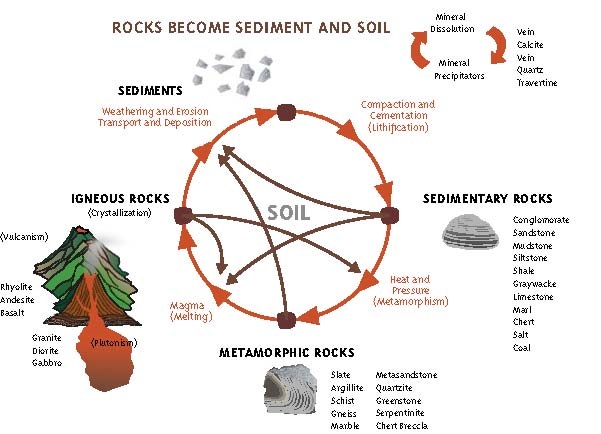



Soil Weathering Processes Soils 4 Teachers
Until plants and animals live in them (they add organic matter to the rock fragments)Rocks are hard, compact and solid They continuously break into small pieces This process is called weathering There are factors that cause the breaking down of rocks to small pieces and finally become soil Different factors act constantly of1) Plants/seeds and ice (water freezes) break rocks into smaller pieces Root wedging & ice wedging or 2) Rocks tumble down the mountain and the sharp edges break off Click again to see term 👆 Tap again to see term 👆 Nice work!




Sha




Learn Formation Of Soil Weathering In 4 Minutes
Answer Expert Verifiedquestion mark The process of breaking down rocks through sunlight or heat, or any other natural causes is called Rock weathering is a process whereby rocks and other minerals are broken down through sunlight and other natural causes4PS1 When objects break into smaller pieces, dissolve, or change state, the total amount of matter is conserved Outside option Place a large clod of dirt, piece of clay or another breakable object into a container on your bathroom scaleWill it harm the energy of the crystal to be broken like that?



The Difference Between Weathering Erosion




Sedimentary Rocks Earth And Space Science Sedimentary Rock
How to split large rocks easily and straight using wedge and feather Copy It is actually called weathering, but if your talking about the process of rocks breaking down into smaller pieces by physical means it is called Mechanical Weathering, by chemical means itAnswer choices weathering erosion deposition s




Lesson 3 How Do Weathering And Erosion Affect Rocks Pages 1 4 Flip Pdf Download Fliphtml5




Weathering Section 22 16 What Is Weathering Breakdown Of Rock Into Smaller And Smaller Pieces Occurs At Earth S Surface Two Main Types Ppt Download
They are made of small pieces of solid lava, called cinder, that are erupted from a vent The ground shakes as magmarises from within the Earth Then, a powerful blast throws molten rocks, ash, and gas into the air The rocks cool quickly in the air and fall to the earth to break into small pieces of bubbly cinder that pile up around the vent The seller does not intentionally break up crystals in order to sell them as chips, chunks, etc — at least, not that I am aware of ) I think you should leave it up to the crystal ) For instance, I do some lapidary work — slicing and polishing crystals, repairing dings and dents, cutting into shapes, etcWeathering gradually breaks rocks into smaller and smaller fragments They don't become soil until when?




Weathering Kaiserscience
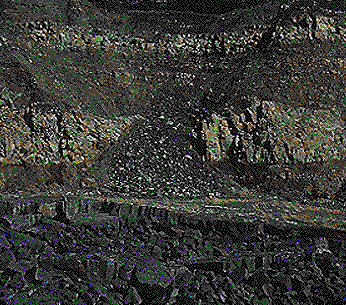



Sedimentary Rocks Lesson 13 Volcano World Oregon State University
Break a rock into small pieces (rhymes with small) crossword clue The reason you are here is because you are looking for the Break a rock into small pieces (rhymes with small) crossword clue answers and solutions which was last seen today , at the popular Daily Themed Crossword puzzleWeathering A process where rocks are being broken down into smaller pieces by physical or chemical means Physical weathering occurs when forces split, break, or wear away rocks Chemical weathering occurs when some chemicals react Answered Weathering causes rocks to break down into smaller particles To explain it easier, weathering is defined as the process where rocks are dissolved and broken down into smaller pieces




Weathering And Erosion Weathering The Processes That Break Down Rock Into Smaller Pieces Ppt Download




5 Weathering Erosion And Sedimentary Rocks An Introduction To Geology
Since the pendants will be small, I am wondering if it's okay to break the big crystals into smaller pieces, using a chisel or an awl Is this okay to do?Weathering is thus the process where rocks or soils are dissolved or worn away into smaller and smaller pieces due to particular environmental factors such as the examples given above In geological terms, weathering is defined as the disintegration of rocks influenced by animal and plant life, water, and the atmospheric forces in general




Reading Weathering Geology
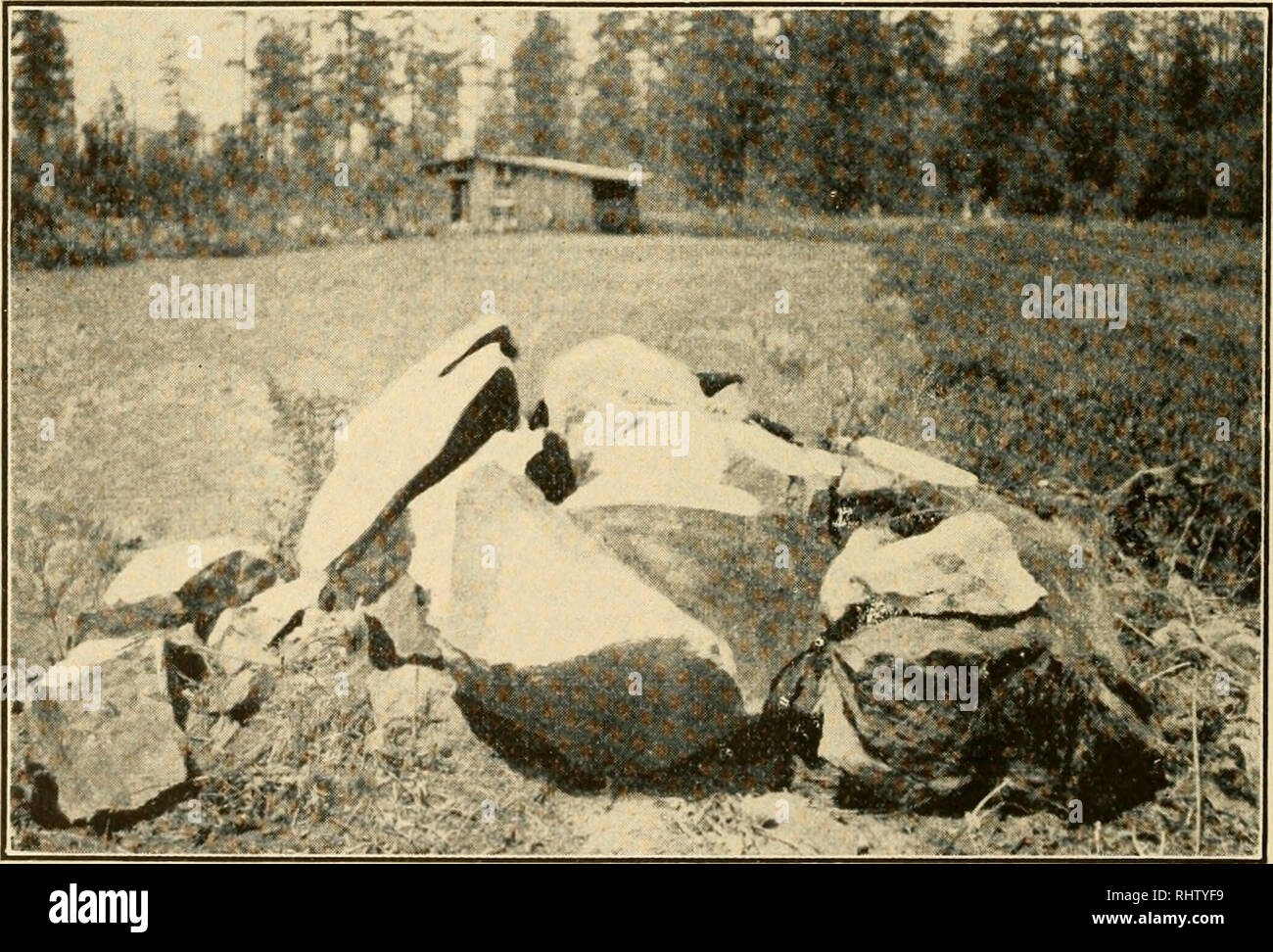



Better Farming With Atlas Farm Powder The Safest Explosive The Original Farm Powder Explosives In Agriculture Better Farming With Atlas Farm Powder The Breakage Desired Atlas Farm Powder Will Break Rocks




A Rock Weathering Experiment You Can Do In Your Kitchen Mini Me Geology Blog




Mechanical And Chemical Forces Break Down Rock When You Are Walking In Your Neighborhood How Do You Think The Small Rocks Are Formed Ppt Download




Weathering Breaking Down Of Rocks Into Smaller Pieces Sediments Because Of Weather Ice Freezing Rain Wind Temperature Plants Roots Sediment Ppt Download



Rock Key




Erosion And Weathering Tigtag
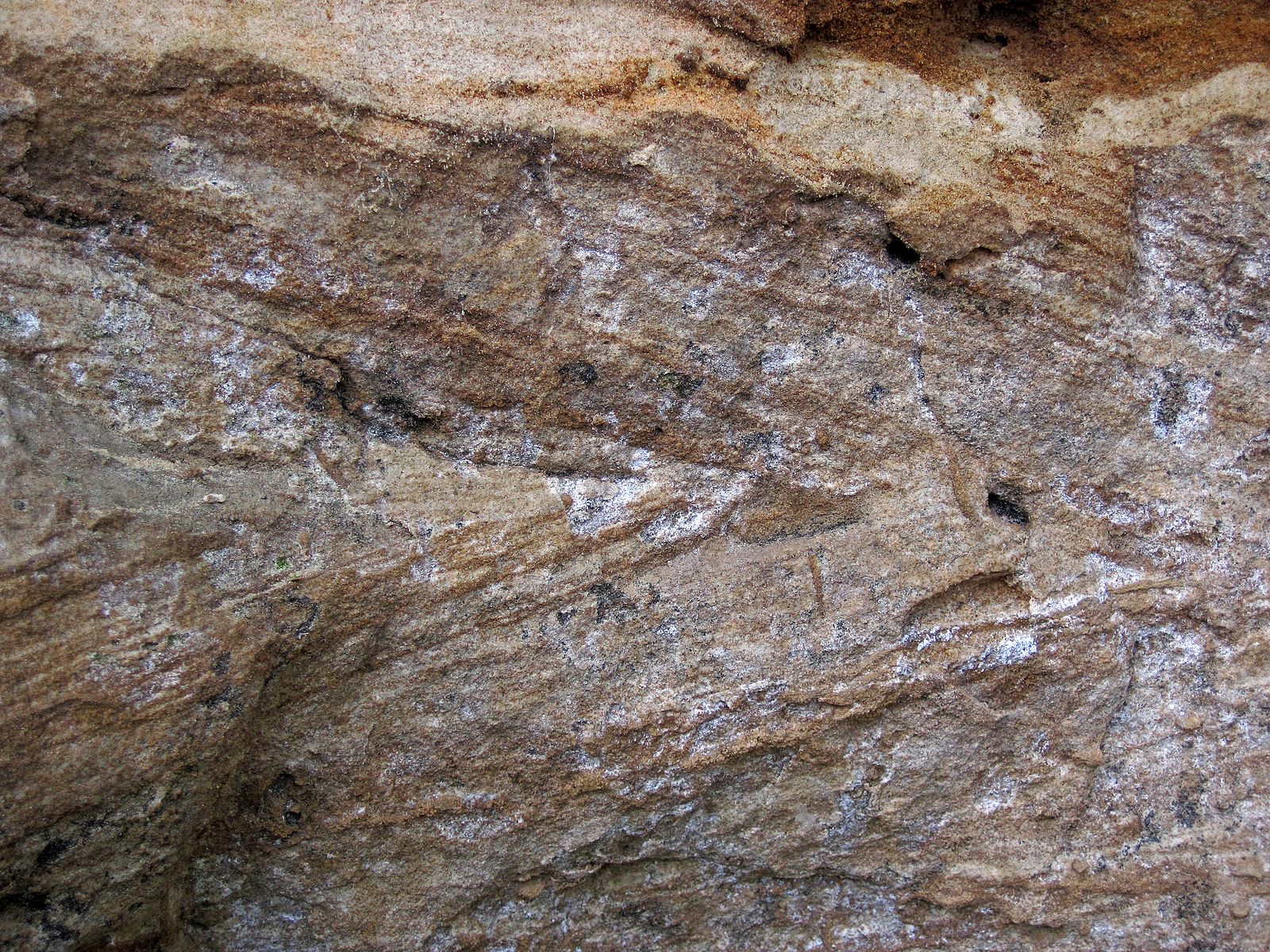



5 Weathering Erosion And Sedimentary Rocks An Introduction To Geology




3 Ways To Break Big Rocks Wikihow
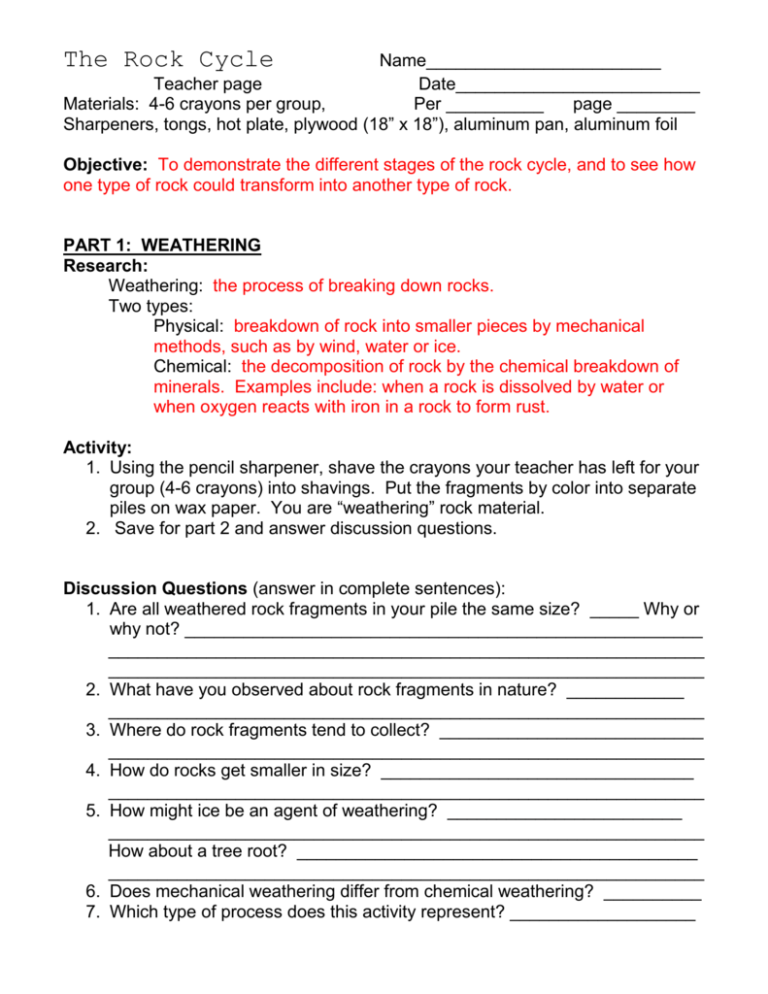



Part 5 Igneous Rocks




Weathering All Of The Processes That Break Rock Into Smaller Pieces Ppt Download
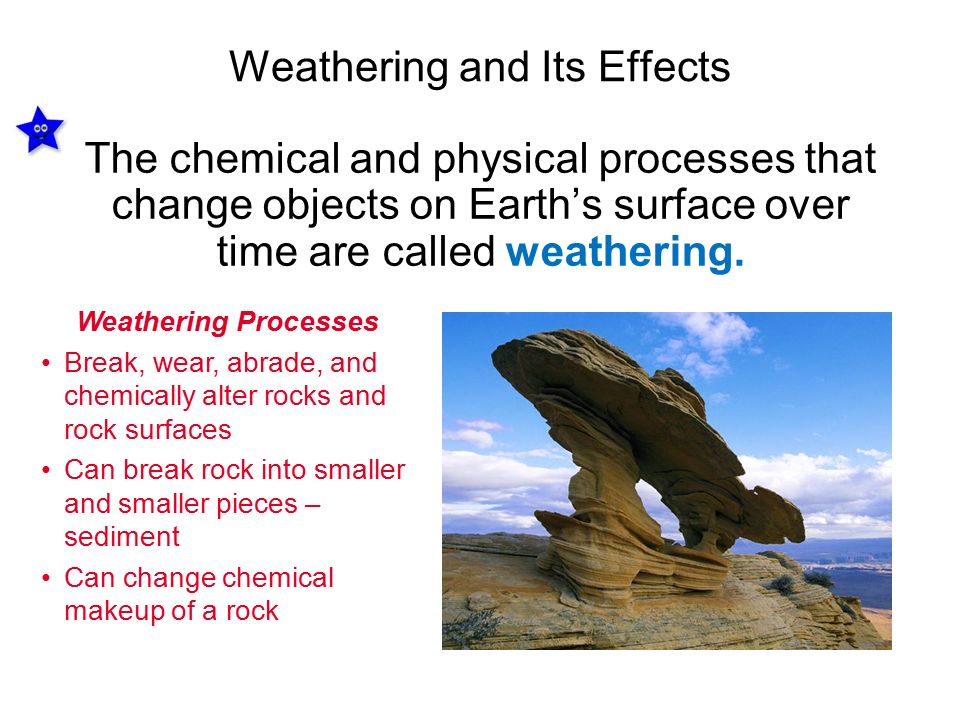



Lesson 1 Weathering Weathering Acts Mechanically And Chemically To Break Down Rocks Through The Action Of Earth Processes Such As Freezing And Thawing Ppt Video Online Download



What Are Broken Pieces Of Rock Called Quora
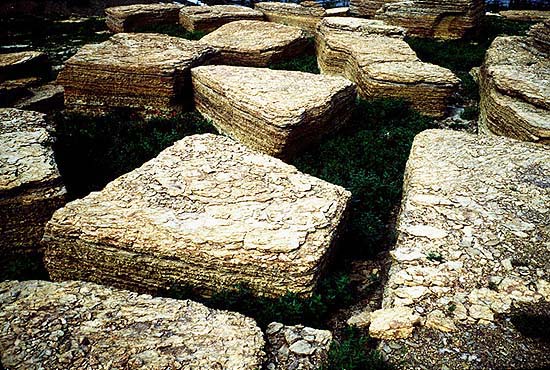



Mechanical Chemical Weathering And Soil Formation



Weathering And Erosion Earth Processes Onegeology Kids Extra Onegeology
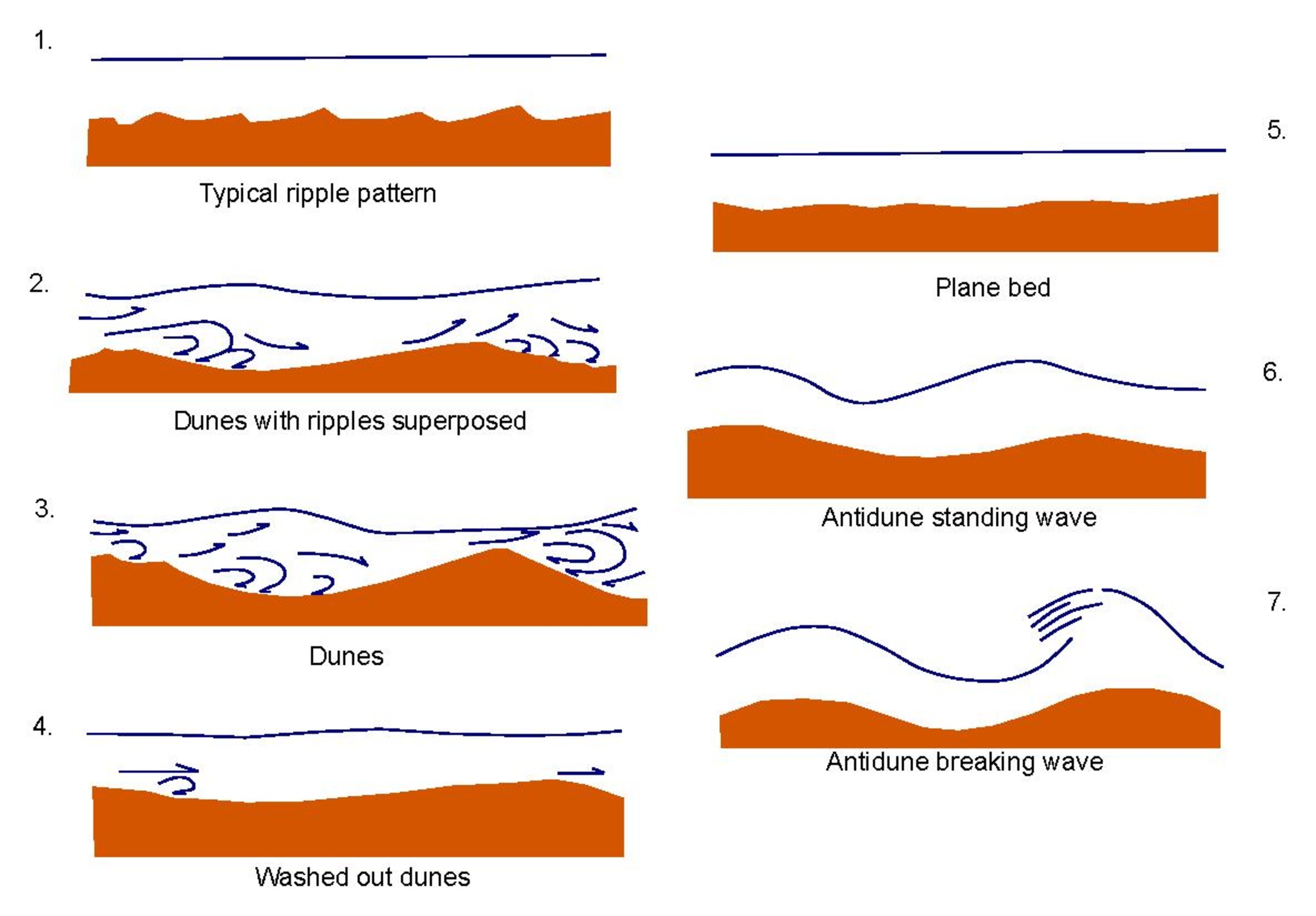



5 Weathering Erosion And Sedimentary Rocks An Introduction To Geology




Reading Mechanical Weathering Geology




Unit 3 Superficial Deposits Geo 281 Geology For



1




Weathering Erosion Deposition 8th Grade Science
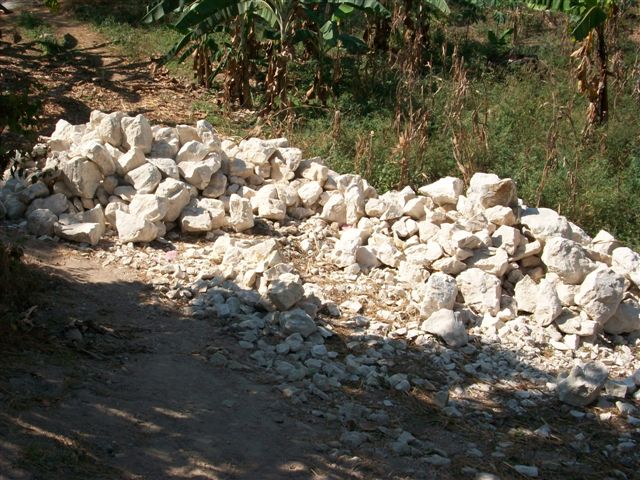



Piles Of Rocks That Have To Be Broken Down Into Smaller Pieces For The Wall Photo Beulah Chapel Church Of The Nazarene Photos At Pbase Com



Weathering Of Rocks River Sea Oceans Temperature Important Salt System Oxygen




Mechanical And Chemical Forces Break Down Rock When You Are Walking In Your Neighborhood How Do You Think The Small Rocks Are Formed Ppt Download



What Is The Process By Which Rocks Are Slowly Broken Into Smaller Pieces Quora




The Breakdown Of Rock Into Smaller And Smaller Pieces Ppt Video Online Download




Reading Mechanical Weathering Geology




Reading The Rock Cycle Geology
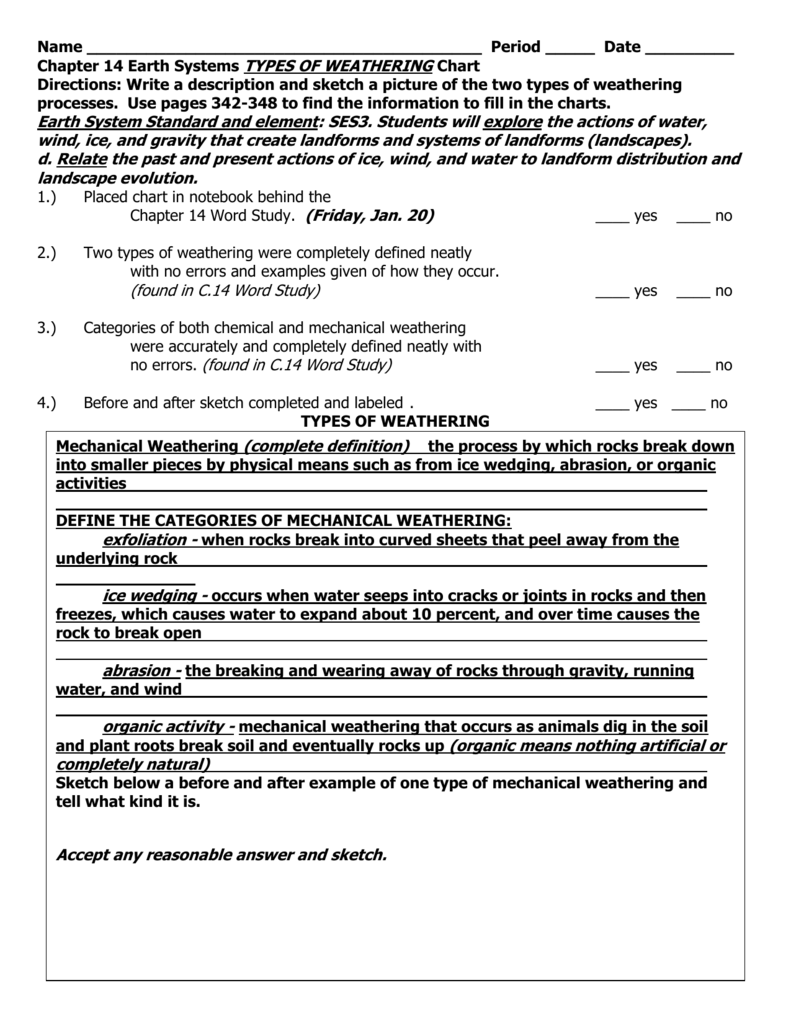



Name Period Date Chapter 14 Earth Systems Types




Biological Weathering Examples And Definition Science Trends
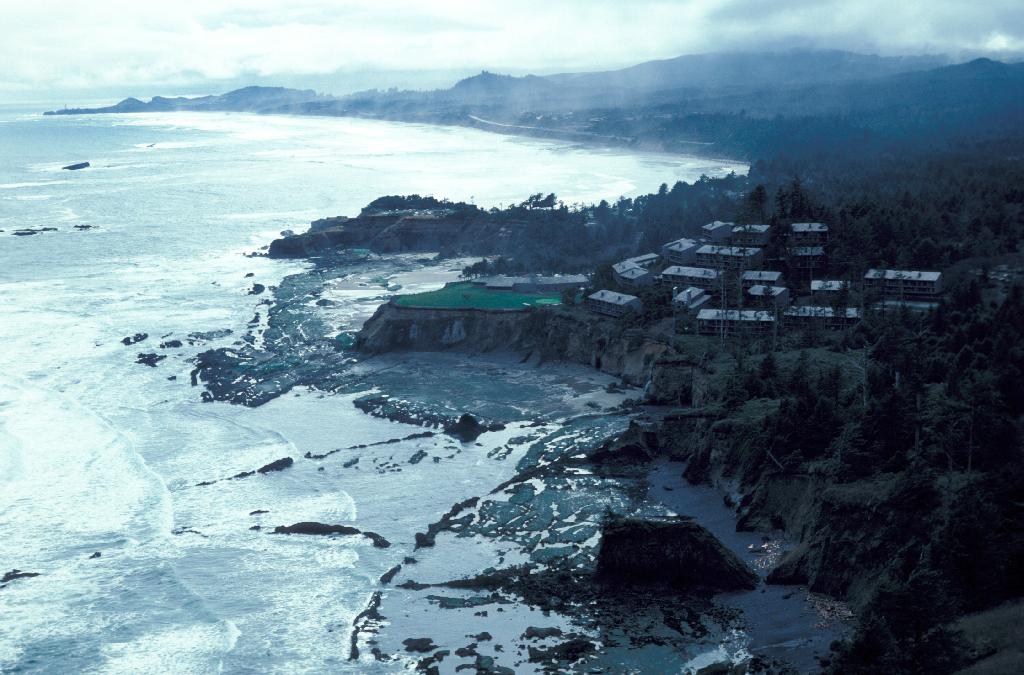



How Do Rocks Break Down Into Smaller Pieces American Geosciences Institute
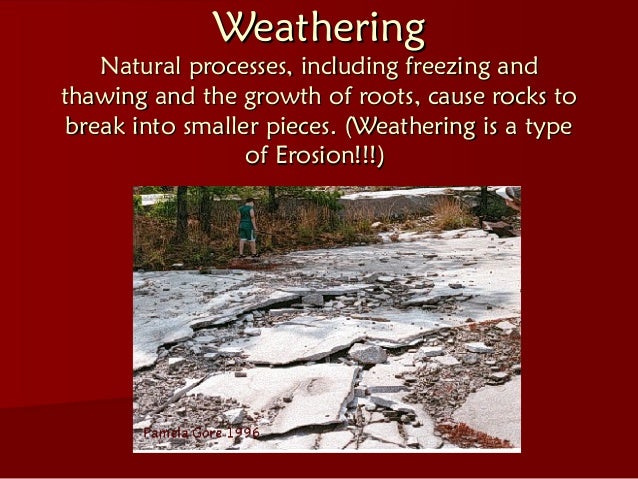



Weathering
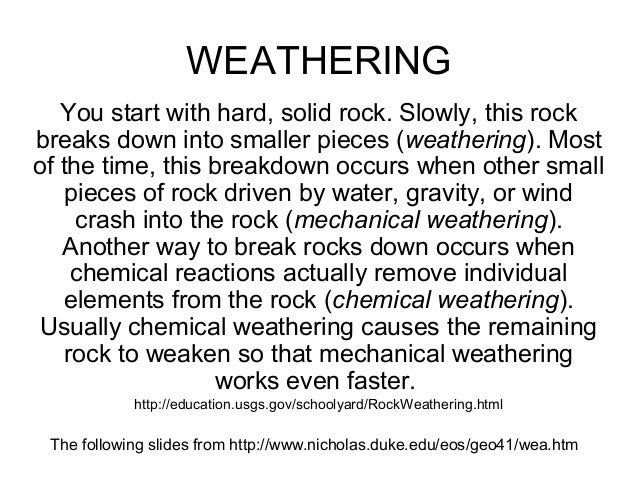



Weathering And Erosion
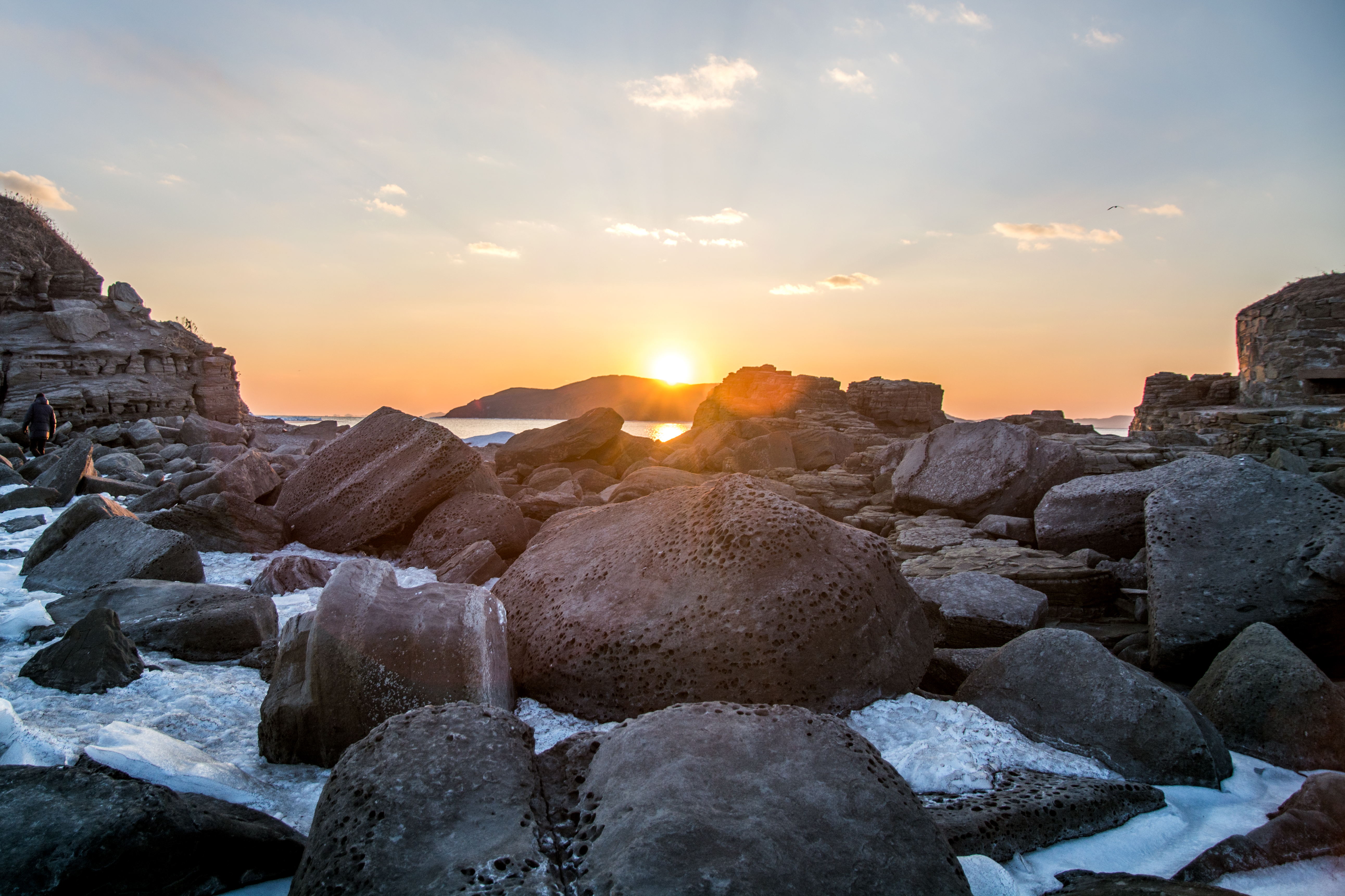



What Are The Agents Of Weathering




Weathering Erosion Water Catastrophic Events And Deposition 7th Grade Flashcards Quizlet




Geology Cafe Com
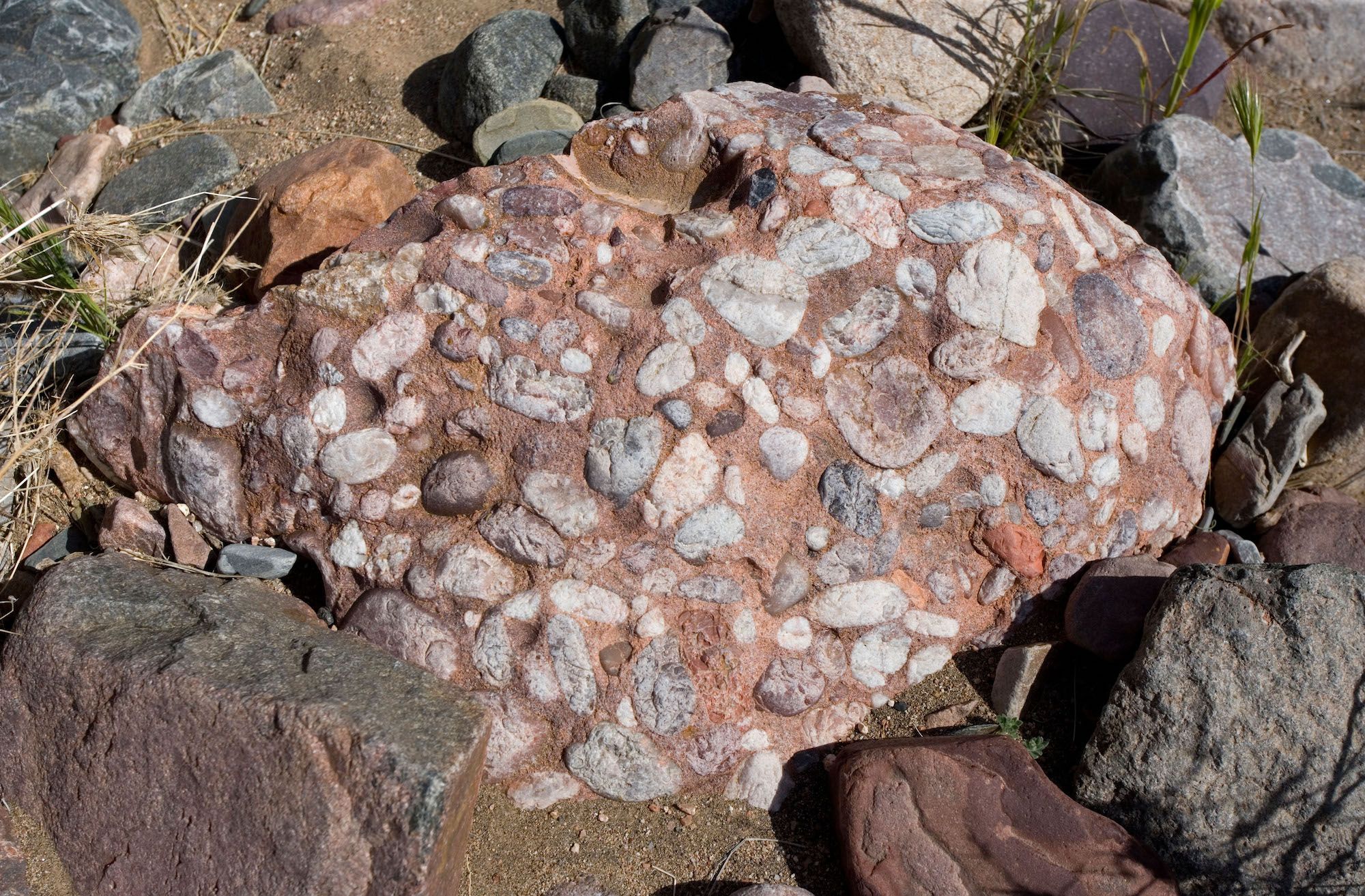



Sedimentary Rocks National Geographic Society




Objective Students Will Have An Understanding Of How Rocks Change Due To Weathering And Erosion Ppt Download




What Is Crushed Aggregate With Pictures




Weathering The Process Of Breaking Down Of Rocks Into Smaller And Smaller Pieces Of Rock These Small Pieces Are Known As Sediment Sediment Breaks Down Ppt Download
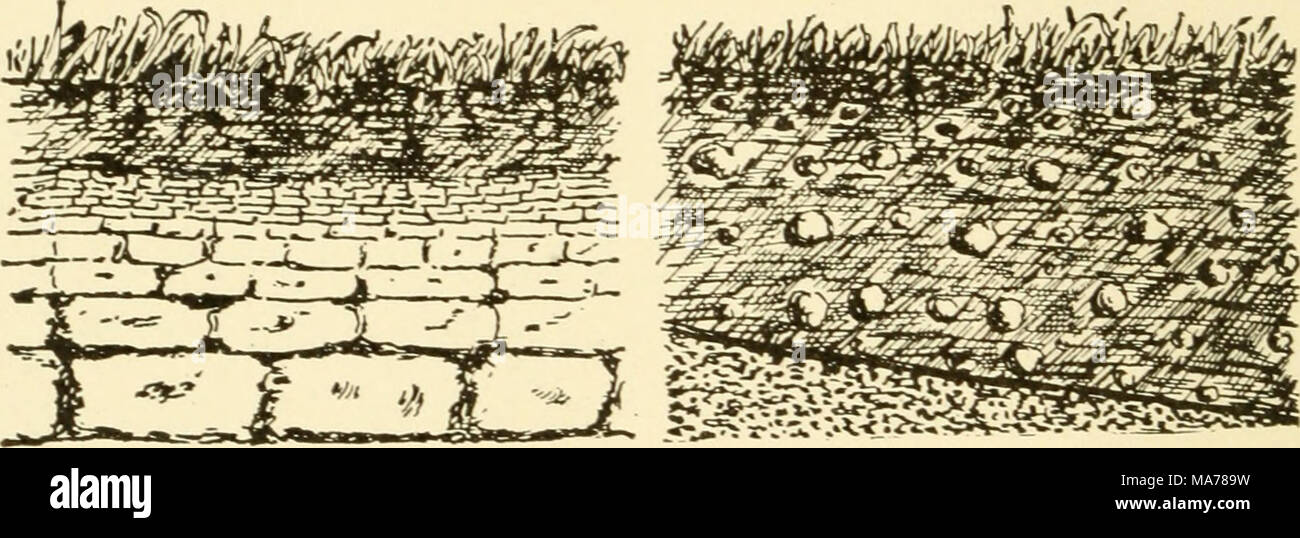



Elementary Agriculture With Practical Arithmetic Drawing Showing How Rock Gradually Breaks Up And De Cays From The Top Downward Drawing Showing Glacial Drift Deposited On Top Of The Solid Rock




Weathering And Sedimentation Youtube




Aim What Causes Weathering And Erosion Weathering Is The Physical And Chemical Breakdown Of Rocks Into Smaller Pieces Called Sediment Due To Air Ppt Download
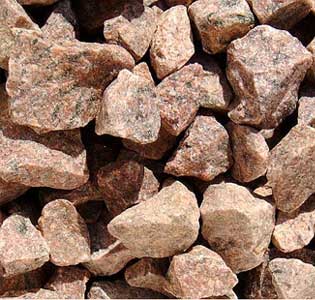



Weathering Module Introduction




Lesson 1 Weathering Weathering Acts Mechanically And Chemically To Break Down Rocks Through The Action Of Earth Processes Such As Freezing And Thawing Ppt Video Online Download



What Will Happen To A Rock When It Is Exposed To Higher Temperature




Forces That Shape The Earth Chapter 5 Lesson 4 Weathering The Breaking Down Of Rock Into Smaller Pieces By Natural Process Ice Moving Water Ppt Download




Weathering Rocks And Minerals Review Quartza Mineral Resistant
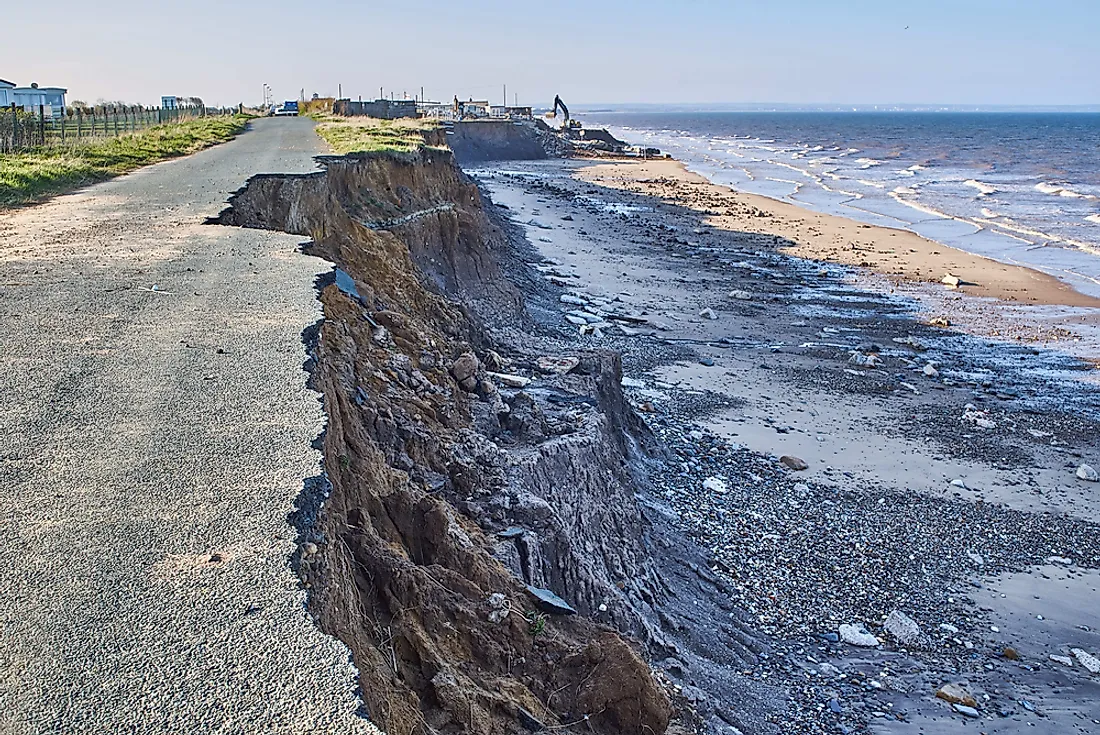



What Are The Differences Between Weathering And Erosion Worldatlas



What Is The Process By Which Rocks Are Slowly Broken Into Smaller Pieces Quora
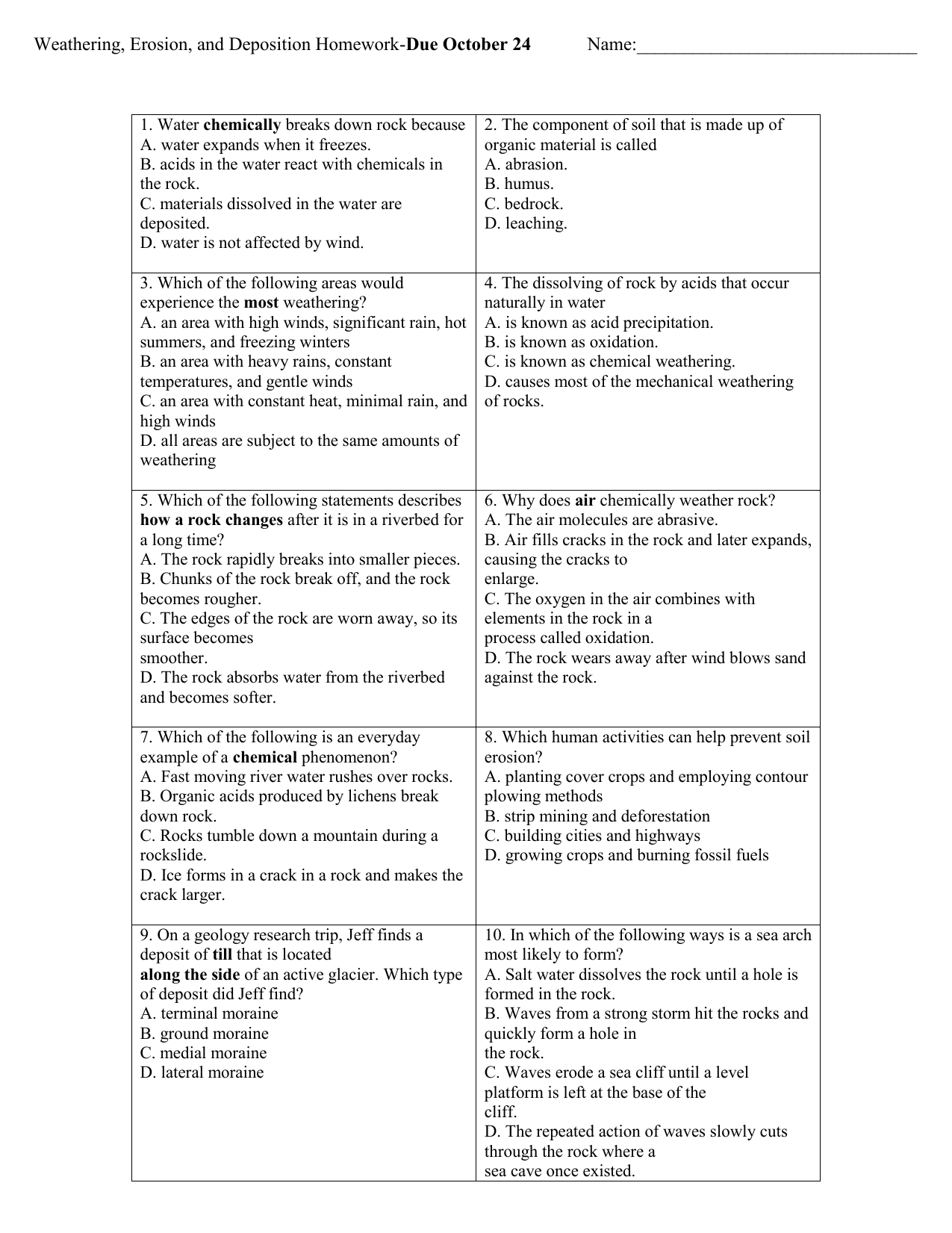



Maintenance Sheet 1




Weathering Is The Breakdown Of Rocks Into Smaller Particles Called Weathering Is When Rocks Are Brainly Com




Weathering The Process By Which Rock Is Broken Down Into Smaller Pieces May Be Physical Or Mechanical They Mean The Same Thing May Be Chemical May Be Ppt Download




24 2 The Rock Cycle The Lithosphere Siyavula




Weathering Erosion And Soil Formation Standard S 6




Weathering And Erosion Weathering Is The Breaking Down Of Earth S Surface Into Smaller Pieces Erosion Is The Process That Picks Up And Carries Away Ppt Download



1




Rocks For Science Class Storyboard By Jewelxd




Solved Why Does Frost Wedging Cause Rock To Break Into Chegg Com




Soil Formation The Permaculture Research Institute



What Is The Process By Which Rocks Are Slowly Broken Into Smaller Pieces Quora




Weathering Erosion And Soils Mandy Meeks Baldwin Arts And Academics Magnet Earth Science Ppt Download
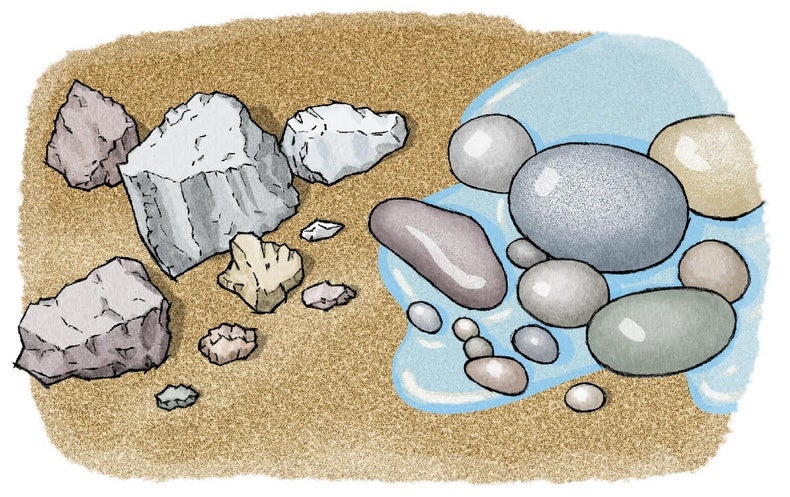



Weathering Rocks Scientific American




Weathering National Geographic Society
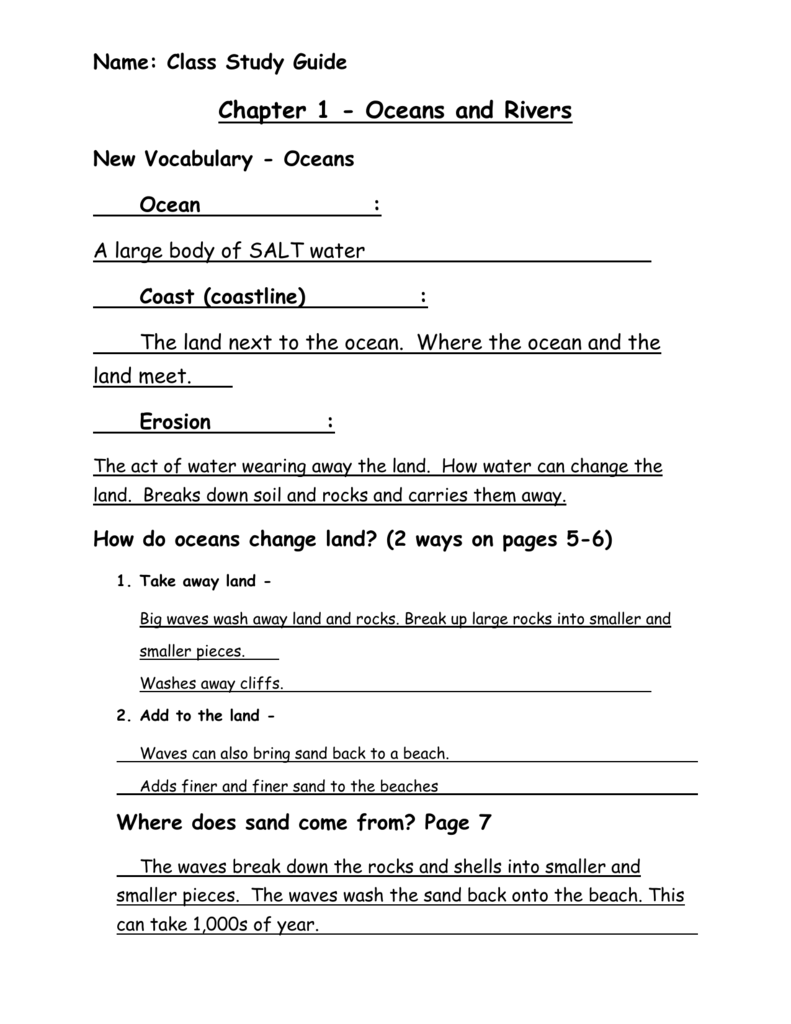



Oceans Ocean




The Process Of Breaking Down Of Rocks Into Smaller Pieces And Particles Piecings
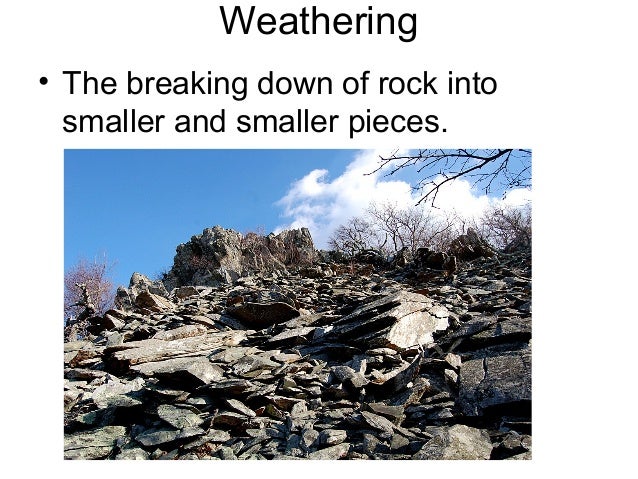



Weathering Erosion And Deposition 3rd 4th Grade Teach




Four Types Of Physical Weathering



Rock Cycle Wikipedia



Soil Net Com Weathering And Soil Formation




Period Pg T




5 Weathering Erosion And Sedimentary Rocks An Introduction To Geology
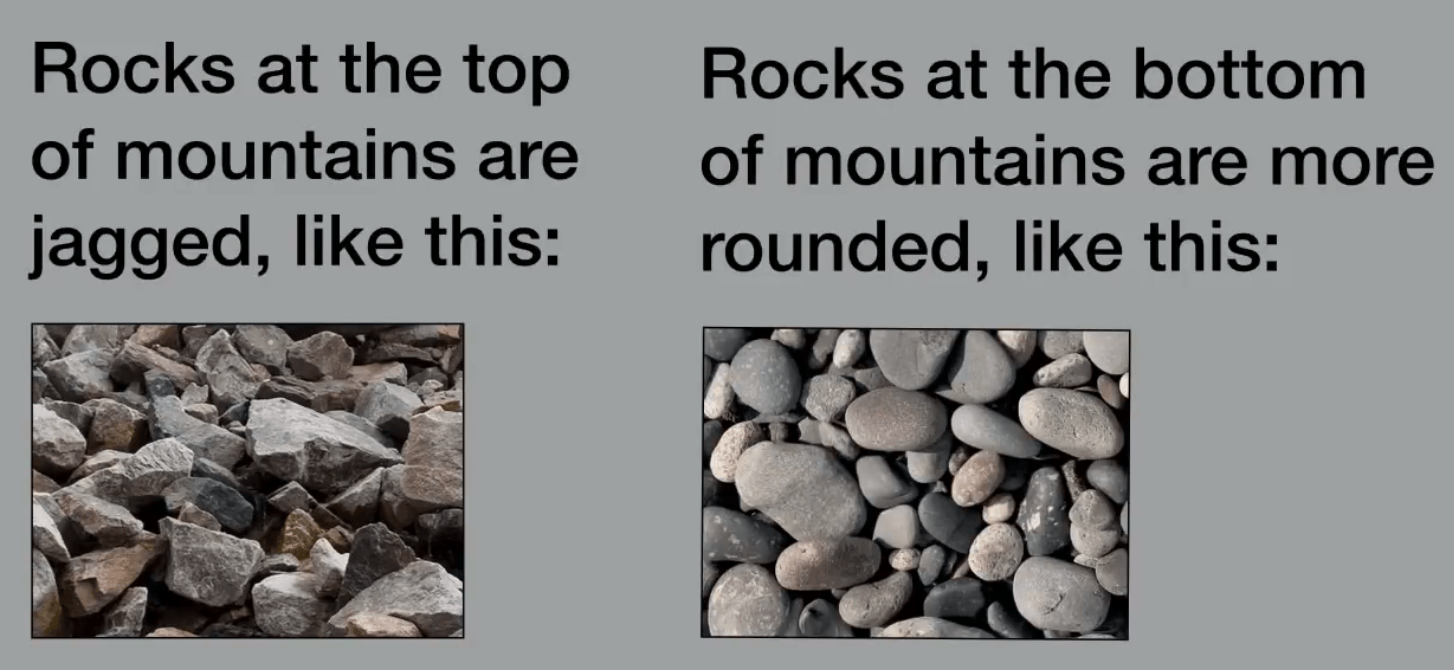



Do Mountains Last Forever Learningin21



Craftonhills Edu




Weathering Physical Weathering Process By Which Rocks And




Chemical Weathering An Overview Sciencedirect Topics



1



Leonschools Net



Wave Erosion Storyboard By Rachelcardoza12



0 件のコメント:
コメントを投稿